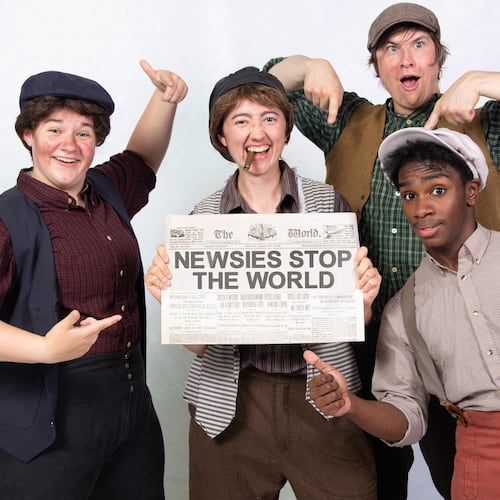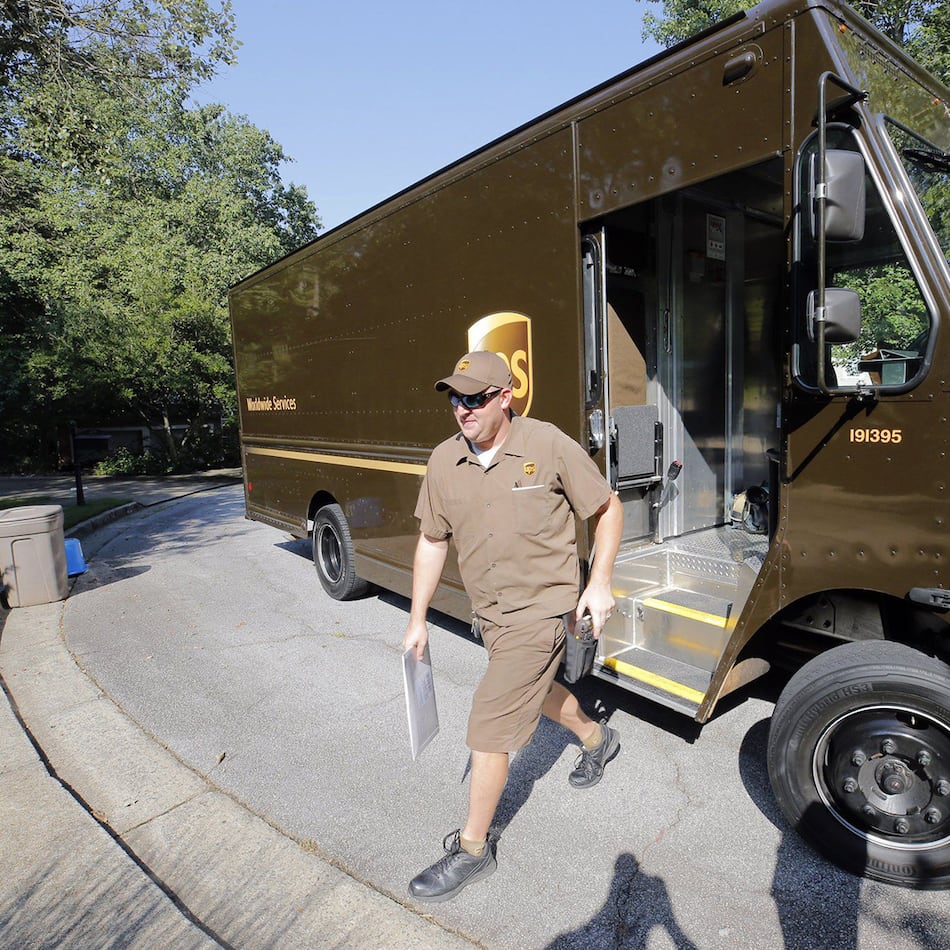25 years ago today, on Jan. 14, 1990, Jim Williams, who would become internationally known as the main character in the non-fiction book and film "Midnight in the Garden of Good and Evil," was found dead in his Savannah home. His death came less than a year after being acquitted of murder in his fourth trial for the death of Danny Hansford. John Berendt's book about Williams would become a bestseller in 1995 and a hit movie, directed by Clint Eastwood, in 1997, with Williams being portrayed by Kevin Spacey. This story, which was published by the AJC following Williams' acquittal in 1989, examined Williams' re-entry into Savannah society.
SAVANNAH — It has been eight years since Jim Williams entertained the cream of coastal society at one of the black-tie Christmas parties that were a Savannah institution before he was charged with the murder of his protege.
Now Jim Williams is free and ready to party again.
He plans to deck the high-ceilinged halls of his downtown mansion with orchid garlands and once again host the Yuletide gala for about 200 intimate friends who he said stood by him through his trials.
"The grandes dames of Savannah society were always here in copious quantities, " Mr. Williams said. "It took three men a week to do the decorating. They were always fun parties for everyone, and this year should be the best of all."
Mr. Williams, now 58, is the only man in Georgia ever to be tried four times for murder. His attorney, Frank W. "Sonny" Seiler of Savannah, said his client spent more than $1 million defending himself against the charge of murdering 21-year-old Danny Hansford, a former employee and sometimes sex partner.
Mr. Seiler estimated that Chatham County spent an equal amount prosecuting the case.
Mr. Hansford, described by the prosecution as a street urchin who became Mr. Williams's personal toy and protege in the antiques trade, died of bullet wounds in his head, chest and back in the study of the Williams home. Mr. Williams never denied shooting Mr. Hansford with a World War II Luger; he claimed Mr. Hansford shot first and that he fired in self-defense.
Mr. Williams said Mr. Hansford was never his live-in companion, although he said the two had a short-lived sexual relationship after he hired the young man to work in his home basement shop, where he restores antiques.
"Danny and I had sex a few times at his instigation, " Mr. Williams said casually, complaining that the media and the prosecution "made too much" of the homosexual relationship during the trials. "I've always been AC/DC. But Danny Hansford and I were never lovers. We both had girlfriends at the time."
Two Guilty Verdicts Overturned
Savannah juries convicted Jim Williams twice, but the state Supreme Court overturned those verdicts. A third trial in Savannah ended in a mistrial when the jury hung 11-1 for conviction.
This month, Mr. Williams was acquitted of the murder charge by a jury of six men and six women in Augusta, where the fourth and final trial was held because of extensive publicity surrounding the case in Savannah.
Mr. Williams still faces a civil suit filed by Mr. Hansford's mother, who is asking for more than $10 million in damages, but he never again can be tried for Mr. Hansford's death.
Now he's able to relax again, surrounded by what he called his "personal treasures" - 18th and 19th century antiques, paintings and memorabilia he has collected all over the world. His collection includes a large Nazi flag that caused a neighborhood furor when he draped it from a balcony to vex what he claimed was a "rude" movie company filming scenes in Monterey Square across the street.
His restored 1860-vintage brick residence, designed by a prominent architect for a Confederate general ancestor of songwriter Johnny Mercer, commands an entire city block in the heart of the historic district. Mr. Williams, who came to Savannah "without a dime" in 1952, purchased the home after he amassed a personal fortune restoring and selling historic properties and antiques.
Relaxing in his favorite chair with a glass of cold Dr Pepper and a supply of the slim Prince Edward cigars he chain-smokes, Mr. Williams talked about his life.
The son of a barber from Gordon, Ga., Mr. Williams studied piano at Middle Georgia College and interior design at a Florida art school before settling on the Georgia coast, where he fell in love with Savannah's 19th century architecture.
Helped Revitalize Downtown
He worked for antiques dealers in New Orleans and Savannah before opening his own shop in 1953. Two years later, he bought the first of the more than 50 downtown buildings he subsequently restored and resold.
"Downtown Savannah was crumbling then as businesses fled to the suburbs, " he said. "But it was nice and quiet, and in the mid-1950s you could buy a wonderful house for $5,000."
In 1968, he purchased 1,800-acre Cabbage Island for $5,000 and, a few years later, sold it to a mining company for $900,000.
He hedged when asked if he is a millionaire - "My lawyers are, " he said in his light, expressive drawl, his dark eyes dancing mischievously -
but he agreed he is financially successful.
"Usually when my friends are lounging at the beach, I'm here restoring furniture, " he said. "I'm often down in the shop until after midnight. But I don't do mornings well."
Kenneth Worthy, who manages the antiques shop in a carriage house behind the mansion, said few of his employer's friends realize how industrious Mr. Williams is.
"People presume that, because of his elegant lifestyle, he doesn't work. But he's his own best craftsman, " Mr. Worthy said.
In his basement shop, Mr. Williams and three employees repair antiques and do specialty work such as gold leafing, marbleizing and veneering. Except for the 22 months spent in the Chatham County jail while he appealed his second conviction, Mr. Williams has continued to work in his shop, restore old buildings and travel to Europe on antiques buying-and-selling trips.
In jail, he played backgammon, read books on art, history and antiques, and entertained fellow inmates with tales of Marie Antoinette. "They loved the part where her head was cut off, " he said, grinning slyly.
Between the trials, he has worked on restoring a country home in Bryan County as well as other buildings in downtown Savannah, Mr. Williams said.
"I bought an 1840s house and moved it to the woods just before this unfortunate incident of Hansford trying to shoot me happened, " he said. "I had to stay busy all the time and sweep a lot of it aside. If I hadn't, I'd be a raving maniac."
A past president of the Telfair Art Museum and a co-founder of the Downtown Neighborhood Association, Mr. Williams continues to serve on the board of the local Humane Society, which has awarded him a life membership.
Although he hasn't entertained lately on a lavish scale, he has continued to stage informal suppers for friends and to go on picnics and shark-fishing trips to isolated islands.
"I tried not to let the last eight years change things, " he said.
A Fiery Two-Year Relationship
His relationship with Danny Hansford began about two years before the fatal shooting. Mr. Hansford rode up to the shop on a bicycle and asked for a job.
According to a former Savannah resident who knew him, Mr. Williams had a penc hant for hiring young men who hailed from the wrong side of the tracks.
"He'd clean them up, teach them manners and then get bored with them and kick them out, " the former resident said. "He had a real Pygmalion complex."
Mr. Williams denies that.
"If I saw a person with talent and I thought the talent could be developed, I thought they should be given a chance, " he said. "Danny Hansford was talented in art. He'd heard about my restoration studio - heard people had been here and learned things - and he wanted a trade."
"He was a strange person, " Mr. Williams said. "He had two completely developed personalities. One was calm and charming; the other, violently insane."
According to trial testimony, Mr. Hansford spent time in mental hospitals as a teenager and tried to commit suicide at least twice, once at Mr. Williams's home several months before his death. His mother, Emily Bannister, had taken out a peace bond against her son that was still pending at the time of his death.
"He had a death wish, but I could see a Danny Hansford that could have come out of a shell, " Mr. Williams said. "He was very intelligent. His whole life had been nothing but a series of bad times, a lot of them self-inflicted. I was trying to help him straighten his life around, and I thought he'd changed."
'Underdog Becomes a Mad Dog'
However, Mr. Williams said Mr. Hansford began using drugs and stopped coming to work.
"He wouldn't stick to anything, " he said. "He used to go to Bonaventure Cemetery and smoke dope and look at the tombstones for hours. He wanted a big marble tombstone because that was what the rich folks had."
Mr. Williams said he had not seen Mr. Hansford for several months when the young man dropped in unexpectedly the night of the shooting. The two saw a movie together, then came back to the Williams mansion for a game of backgammon.
"I'm convinced he was there that night to get all the money in the house and kill me, " Mr. Williams said. "I'd begun to push him out of my life because he was using drugs and drinking. It was a phasing out, and he knew it."
The prosecution claimed Mr. Williams shot Danny Hansford in a jealous rage, then staged the scene to make it appear he shot in self- defense.
Mr. Williams said that isn't the way it happened.
"I'm a kind man, " he said. "I'm always for the underdog. But sometimes that's bad. Sometimes the underdog becomes a mad dog."
Keep Reading
The Latest
Featured

